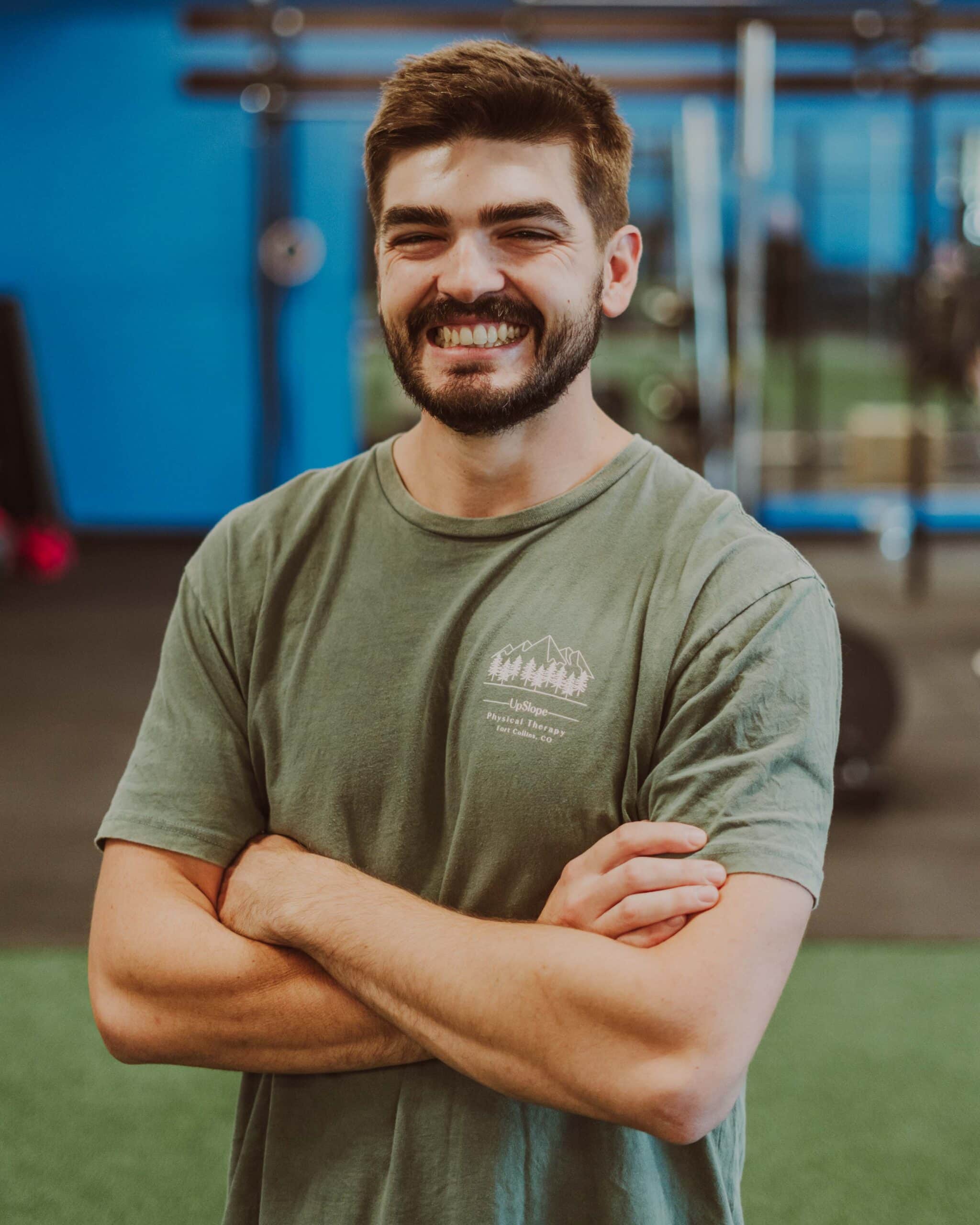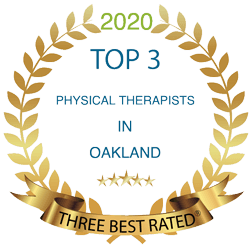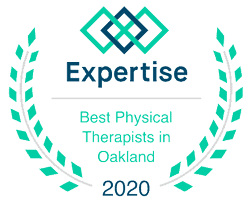If you’re experiencing pain and limited mobility, you may wonder if there is anything you can do to find relief. Is this just a part of aging or being so active? Is it normal to be hurting and tired? Should I just give up and deal with it?
Did you know that pain and fatigue are the most common patient-reported symptoms across the board? Pain affects your mobility and, therefore, your quality of life. But you don’t have to stay in it. There is a better way to live.
By now, you may have come across the now-common practice of acupuncture. Today, we will discuss acupuncture and a very similar therapeutic option — dry needling. We will identify each type of therapy, help you discover the difference between the two, and determine which one is the best choice for you.
What Is Acupuncture?
Acupuncture has been around for thousands of years and was used for relieving pain, curing diseases, and improving general health. Acupuncture comes from an ancient Chinese philosophy that bases the treatment on their understanding of yin and yang and the impacts of disharmony on the body.
The needles are inserted in any of the hundreds of locations along the 12 main meridians in the body, associated with functional medicine, to stimulate the body’s natural healing ability. Once the needle is inserted, it may be manipulated or stimulated to produce desired results. They are typically left in between 10 – 30 minutes.
What Is Dry Needling?
Dry needling is an intramuscular procedure that consists of inserting thin, monofilament needles into the skin without the use of any liquids. It comes from Western medicine and was first introduced in the 1940s and then again in the 1970s.
Dry needling is based on the principle of trigger points, specifically the myofascial trigger points, which are a part of the musculoskeletal system. The needles may be inserted and left in for 10 – 20 minutes or used in a ‘pecking’ method that is a rapid, in-and-out motion.
How Dry Needling and Acupuncture Differ
The main difference between acupuncture and dry needling is the location, or insertion points, and the philosophy behind the treatment. In acupuncture, the goal is to assist the body in returning to a balanced state, thereby helping your systems work in a way that natural healing occurs. In dry needling, the focus is on releasing tension in or near the trigger points so that your body may relax and feel the release of pain and increased movement.
Acupuncture focuses more on the internal systems that work together throughout your body for a whole-system improvement. Dry needling focuses on the specific pain points of your musculoskeletal system and the relief needed specific to that area.
While they use the same needles and the tools are much the same, a key difference is who can perform the treatments. Acupuncture is performed by professionals trained in Chinese medicine, while a licensed physical therapist performs dry needling.
Choose the Therapy Best for You
To choose which method is best for you, it is essential to know what you are seeking help for specifically. Are you looking for something that is a chronic condition or disease? Are you looking for relief for short-term or long-term pain and muscular issues?
It is also important to understand the benefits of each therapy method. Below, you can find a list of benefits for each therapy type and conditions that each treatment is recommended to address.
Benefits of Acupuncture
Acupuncture is an effective treatment for the following conditions:
- Menstrual cramps
- Headaches
- Dental pain after surgery
- Low back pain
- Myofascial pain
- Tennis elbow
- Osteoarthritis
- Carpal tunnel syndrome
- Fibromyalgia
- Addiction
- Asthma
- Nausea caused by surgical anesthesia and cancer chemotherapy
- It may also help with stroke rehabilitation
Benefits of Dry Needling
Dry needling is used to treat muscle pain and help increase and restore range of motion along with the following conditions.
- Joint issues
- Repetitive motion disorders, such as carpal tunnel syndrome
- Migraine and tension-type headaches
- Jaw and mouth problems, such as temporomandibular joint (TMJ) disorders
- Whiplash
- Disk issues
- Tendonitis
- Spinal issues
- Pelvic pain
- Night cramps
- Phantom limb pain
- Postherpetic neuralgia, a complication of shingles
- Nerve pain
So, to help you summarize the main differences and types of conditions that each type of therapy is recommended to treat, ask yourself these questions:
- Are you looking for relief from a condition? If so, then acupuncture may be the best choice for you.
- Are you looking for pain relief and increased or restoration of your range of motion? If so, then dry needling may be the best option for you.
Let Upslope Physical Therapy Assist in Your Dry Needling Therapy
Understanding the differences between acupuncture and dry needling is essential for those seeking alternative treatments for managing pain and their overall well-being. While both techniques appear the same from the outside, understanding the history of each type of therapy, their goals, and the principles of each can help you make an informed decision about the type of therapy best suited for your condition.
There are options for long-term relief. Don’t settle for sitting instead of stretching or walking instead of running. Let Upslope Physical Therapy & Performance help you in your journey to pain-free living.
Speaking to a qualified physical therapist can help you decide the treatment plan that’s right for you. We are here to answer any questions you have about dry needling and other pain treatment options, so don’t hesitate to reach out to us. At Upslope Physical Therapy, we are here to serve you.
We provide physical therapy and performance therapy to active adults and athletes in the Northern Colorado area. If you are looking for a place where you can work closely with a licensed physical therapist, then you’re in the right spot. Our doctors specialize in sports medicine and work closely with each patient, ensuring proper time and treatment.
Contact us today, and let us help you get back to what you love to do.




